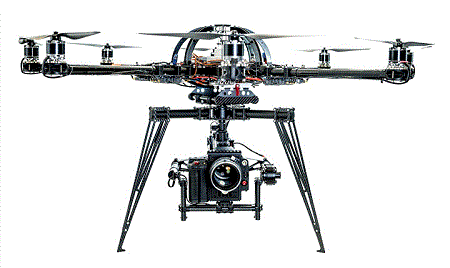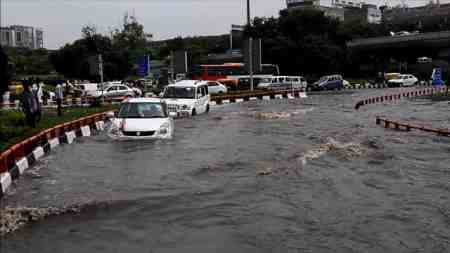In a groundbreaking development, scientists have successfully trained an artificial intelligence (AI) system to rapidly and precisely map the surface area and contours of massive icebergs captured in satellite images, accomplishing this task in a mere one-hundredth of a second.
Published in The Cryosphere under the title “Mapping the extent of giant Antarctic icebergs with Deep Learning,” this achievement surpasses the capabilities of existing automated systems, which often struggle to differentiate icebergs from other features in images.
While manual interpretation by humans is more accurate, it is a time-consuming process, taking several minutes to outline a single iceberg.
The significance of accurately monitoring icebergs lies in their substantial impact on the polar environment, with implications for maritime safety and scientific research.
Some icebergs can be as vast as small countries, posing potential risks to passing ships. As these icebergs melt, they release nutrients and freshwater into the seas, influencing marine ecosystems.
Dr. Anne Braakmann-Folgmann, who led the study during her doctoral research at the Centre for Polar Observation and Monitoring at the University of Leeds, highlighted the challenges of observing icebergs in remote regions and the importance of satellites in this endeavor. The new AI system addresses issues faced by existing automated methods, which struggle to differentiate between icebergs and other ice formations or coastlines within the same image.
The study utilized the U-net algorithm, a neural network, to train a computer to accurately outline icebergs using images from Sentinel-1 satellites operated by the European Space Agency. The U-net algorithm’s effectiveness was compared to two other advanced algorithms, k-means and Otsu, in identifying the largest iceberg in a series of satellite images. Image comparisons illustrated the superior performance of the U-net algorithm in correctly identifying and delineating icebergs.
- PRESS RELEASE







